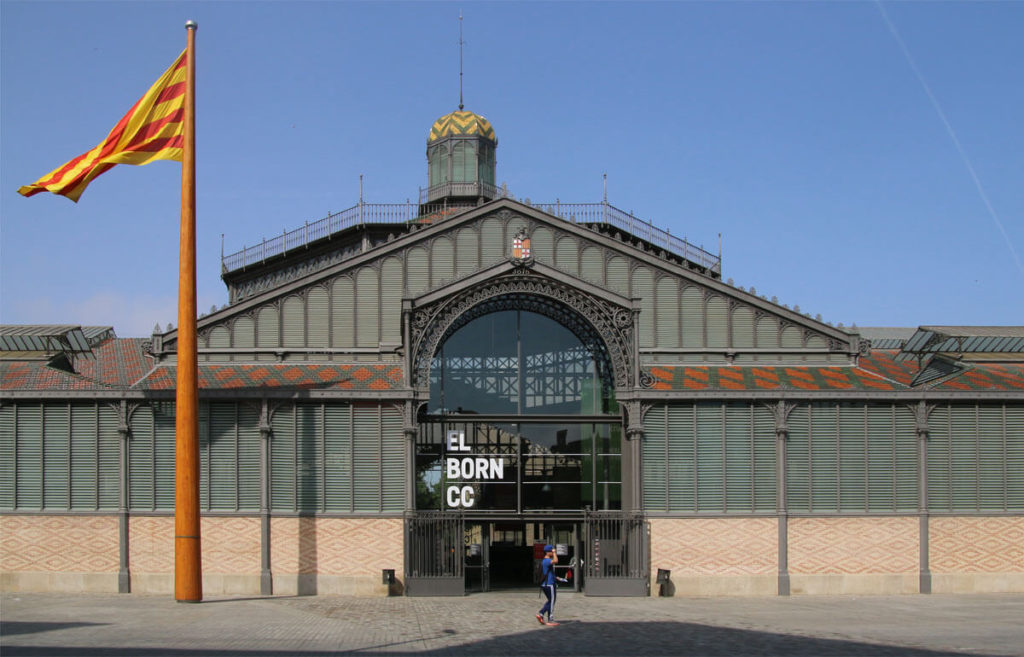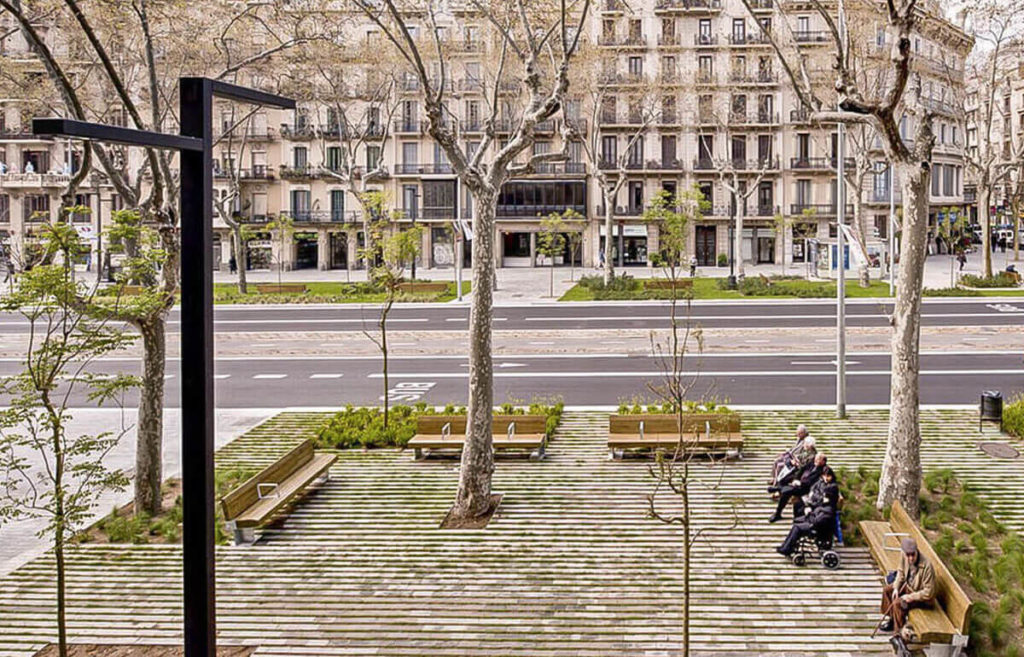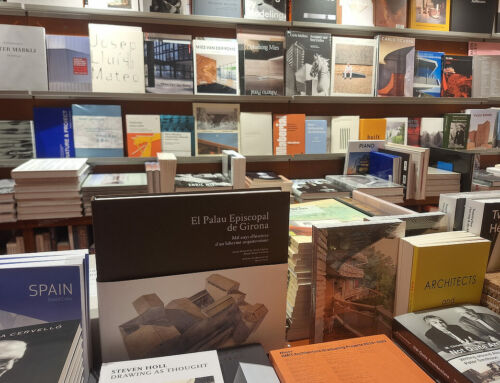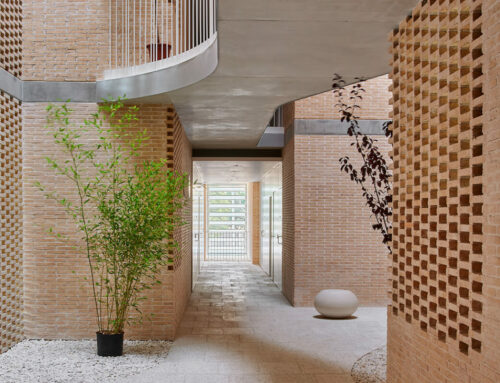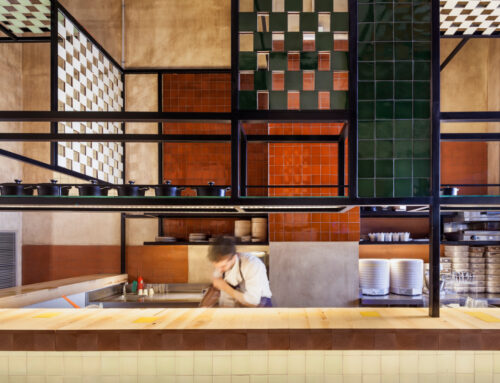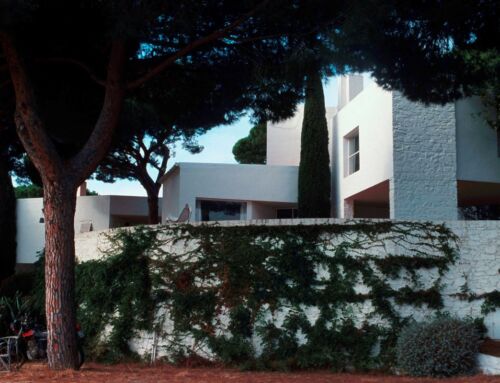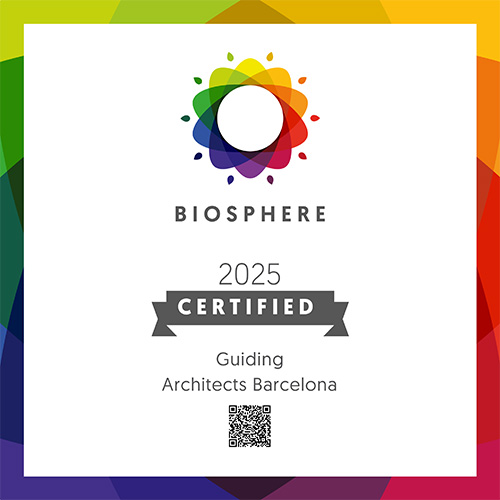Creative Factories
Only recently Barcelona is beginning to recognize the value of its industrial heritage and to explore its potential for urban renewal. Almost simultaneously, there is a growing awareness of the importance of the creative industries in boosting economic development. A new industry is on its way to take possession of the empty space left by the old one. The autumn issue of our 2014 newsletter invites you to discover how the city’s former factory buildings meet the present needs of the creative industries, still holding solutions for the future.
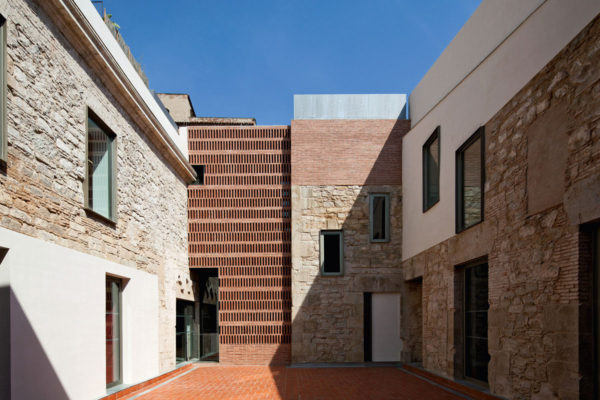
La Seca Espai Brossa, © Wenzel CCM, licensed under CC BY-SA 4.0
Fábricas de Creación · La Seca
Launched in 2007 by the City Council and subordinate to the Institute of Culture, Barcelona’s art factory programme aims to restore abandoned industrial buildings and convert them into work spaces for young artists. The city currently provides approximately 35000 square metres of former industrial sites to promote and support contemporary artistic creation. An emerging generation of local architects has been commissioned to come up with proposals for refurbishment and adaption of the buildings. Meritxell Inaraja’s project for La Seca Espai Brossa, a venue for performing arts, integrates a part of Barcelona’s ancient coin mint. Displaying traditional features of Mediterranean architecture and making honest yet sophisticated use of basic construction materials, the architect decided to make visible the different layers that the building had accumulated over the centuries.
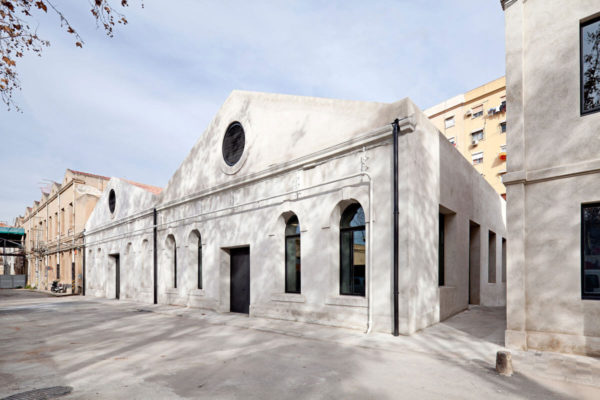
Hangar Centre de Producció i Recerca d’Arts Visuals, © Adriá Goula
Fábricas de Creación · Hangar
Hangar is an open centre for art production and research that was set up by the Visual Arts Association of Catalonia in 1997. It is not only a symbol of the citizens’ persistent struggle for preserving Barcelona’s industrial heritage, but also the prototype for the city’s recent arts factory model. Hangar is located in today’s innovation district 22@ and is part of a former textile factory that was saved from total demolition. The rehabilitation carried out by Arantxa Manrique and Yaiza Terré in 2011 required an economic solution. With minimal intervention the architects managed to turn the building into an almost sculptural artwork itself.
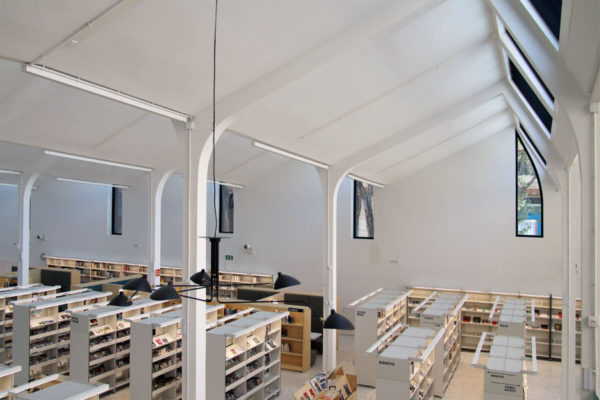
Fàbrica Benet Campabadal: Biblioteca Montserrat Abelló + Ateneu de Fabricació de Les Corts
Ateneos de Fabricación Digital
The former haberdashery factory Benet Campabadal in the Les Corts neighbourhood has recently been reopened and is now home to Barcelona’s first Ateneo de Fabricación, a new generation of cultural facilities open to anyone who is interested in learning the fundamentals of digital fabrication. Inspired by the Fab Lab program that was developed by the Center for Bits & Atoms at the Massachusetts Institute of Technology MIT in 2000, and with the aim of implementing one digital fabrication laboratory in each district, the city seeks to become the world’s first Fab City. The longterm goal is to bring manufacturing back to the city, encouraging citizens to actively participate in building a productive, sustainable and livable future.
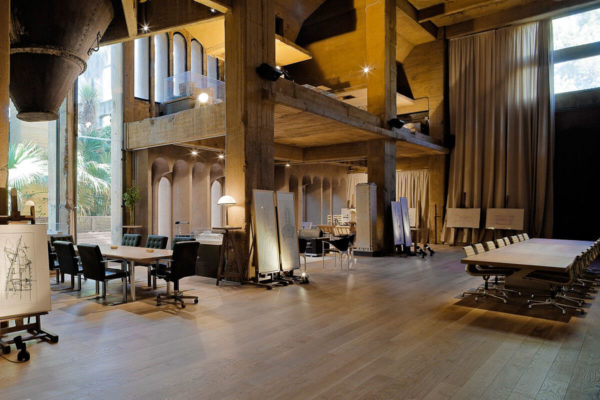
Ricardo Bofill Taller d’Arquitectura, © Forgemind ArchiMedia, licensed under CC BY 2.0
Ricardo Bofill’s La Fábrica
Ricardo Bofill’s pioneering work La Fábrica is one of the most outstanding and bizarre examples of adaptive reuse. In 1973, the architect acquired an abandoned cement factory on the outskirts of Barcelona and transformed it into his residence and workspace. Restoration took two years, but according to the architect, even some forty years later the building is still unfinished: «The factory is a building that cannot and must not be completed. It is inextricably linked to the idea of constant renewal and cannot afford to stand still.» Factories have been laboratories for new ideas ever since. Hopefully they will continue to grow and serve as a blueprint for the future.
Creative Factories
Only recently Barcelona is beginning to recognize the value of its industrial heritage and to explore its potential for urban renewal. Almost simultaneously, there is a growing awareness of the importance of the creative industries in boosting economic development. A new industry is on its way to take possession of the empty space left by the old one. The autumn issue of our 2014 newsletter invites you to discover how the city’s former factory buildings meet the present needs of the creative industries, still holding solutions for the future.

La Seca Espai Brossa, © Wenzel CCM, licensed under CC BY-SA 4.0
Fábricas de Creación · La Seca
Launched in 2007 by the City Council and subordinate to the Institute of Culture, Barcelona’s art factory programme aims to restore abandoned industrial buildings and convert them into work spaces for young artists. The city currently provides approximately 35000 square metres of former industrial sites to promote and support contemporary artistic creation. An emerging generation of local architects has been commissioned to come up with proposals for refurbishment and adaption of the buildings. Meritxell Inaraja’s project for La Seca Espai Brossa, a venue for performing arts, integrates a part of Barcelona’s ancient coin mint. Displaying traditional features of Mediterranean architecture and making honest yet sophisticated use of basic construction materials, the architect decided to make visible the different layers that the building had accumulated over the centuries.

Hangar Centre de Producció i Recerca d’Arts Visuals, © Adriá Goula
Fábricas de Creación · Hangar
Hangar is an open centre for art production and research that was set up by the Visual Arts Association of Catalonia in 1997. It is not only a symbol of the citizens’ persistent struggle for preserving Barcelona’s industrial heritage, but also the prototype for the city’s recent arts factory model. Hangar is located in today’s innovation district 22@ and is part of a former textile factory that was saved from total demolition. The rehabilitation carried out by Arantxa Manrique and Yaiza Terré in 2011 required an economic solution. With minimal intervention the architects managed to turn the building into an almost sculptural artwork itself.

Fàbrica Benet Campabadal: Biblioteca Montserrat Abelló + Ateneu de Fabricació de Les Corts
Ateneos de Fabricación Digital
The former haberdashery factory Benet Campabadal in the Les Corts neighbourhood has recently been reopened and is now home to Barcelona’s first Ateneo de Fabricación, a new generation of cultural facilities open to anyone who is interested in learning the fundamentals of digital fabrication. Inspired by the Fab Lab program that was developed by the Center for Bits & Atoms at the Massachusetts Institute of Technology MIT in 2000, and with the aim of implementing one digital fabrication laboratory in each district, the city seeks to become the world’s first Fab City. The longterm goal is to bring manufacturing back to the city, encouraging citizens to actively participate in building a productive, sustainable and livable future.

Ricardo Bofill Taller d’Arquitectura, © Forgemind ArchiMedia, licensed under CC BY 2.0
Ricardo Bofill’s La Fábrica
Ricardo Bofill’s pioneering work La Fábrica is one of the most outstanding and bizarre examples of adaptive reuse. In 1973, the architect acquired an abandoned cement factory on the outskirts of Barcelona and transformed it into his residence and workspace. Restoration took two years, but according to the architect, even some forty years later the building is still unfinished: «The factory is a building that cannot and must not be completed. It is inextricably linked to the idea of constant renewal and cannot afford to stand still.» Factories have been laboratories for new ideas ever since. Hopefully they will continue to grow and serve as a blueprint for the future.




